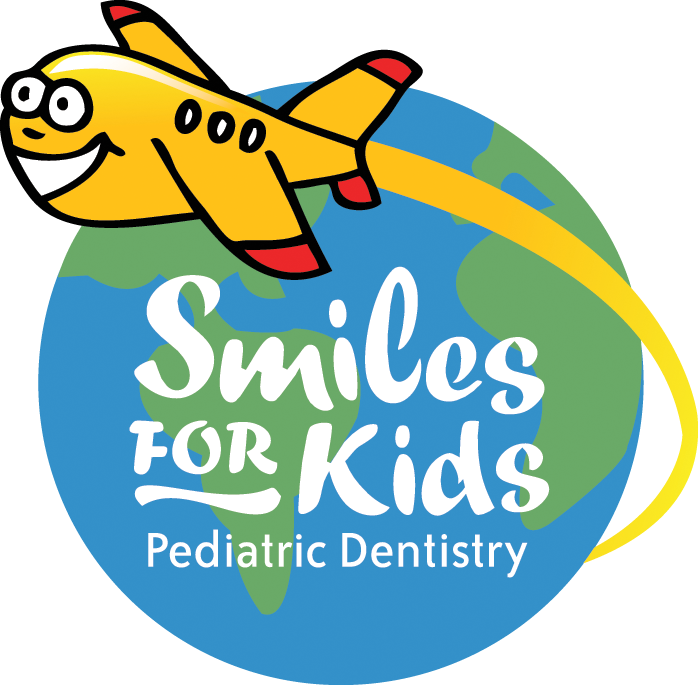Two-Phase Orthodontic Treatment: What is it and why does my child need it?
/“My child might need braces twice?!” is a common question asked in our orthodontic office. Sometimes the answer is yes, but that does not necessarily apply to every child we see. Let us dive into this mysterious “two-phase” orthodontic treatment idea and break down the needs for early orthodontic intervention.
The First Phase
Here is the good news: not every child will need an early round of orthodontic treatment. However, if needed, interceptive orthodontic care is one of the most rewarding treatment options that we offer to our patients and sets them up for healthy dental growth. Our goal is to intercept a potential problem before it gets out of hand. Treatment occurs at a younger age than conventional orthodontic care and is not typically as long. The idea is to shift teeth, manipulate growth, create space for permanent teeth that need to come in, break habits, and prevent trauma. Children between the ages of 7 and 10 are best suited for this treatment. Options often include expanders, braces, habit appliances, and sometimes the extraction of primary teeth. The American Association of Orthodontics actually recommends children start seeing an orthodontist at the age of 7 years of age, which is when the first permanent teeth start to erupt. If any treatment is needed, younger children are more flexible, compliant and their growth potential is at a maximum. Treatment usually lasts 8 to 12 months after which the child is monitored for several years and the decision as to the need for a second phase is made.
The Second Phase
Once all permanent teeth are present, we evaluate for any needed additional treatment. Sometimes this “Second Phase” is the only treatment needed. This phase usually requires at least 12 months with braces on all of the top and bottom teeth. The goal of this second phase is to establish the proper working relationship between the teeth and jaws and to correct the alignment of all the teeth. After the second phase of treatment, retainers will be worn in order to hold the teeth in the correct position.
Orthodontic treatment is not a “one size fits all” approach. Each patient has a different set of teeth that require personalized treatment plans. While not every child needs two phases of treatment, it is an option that can greatly benefit the patient and our orthodontists will evaluate each patient’s individual needs.
Dr. Lindhorst, Dr. Theriot and our Smiles For Kids Team
